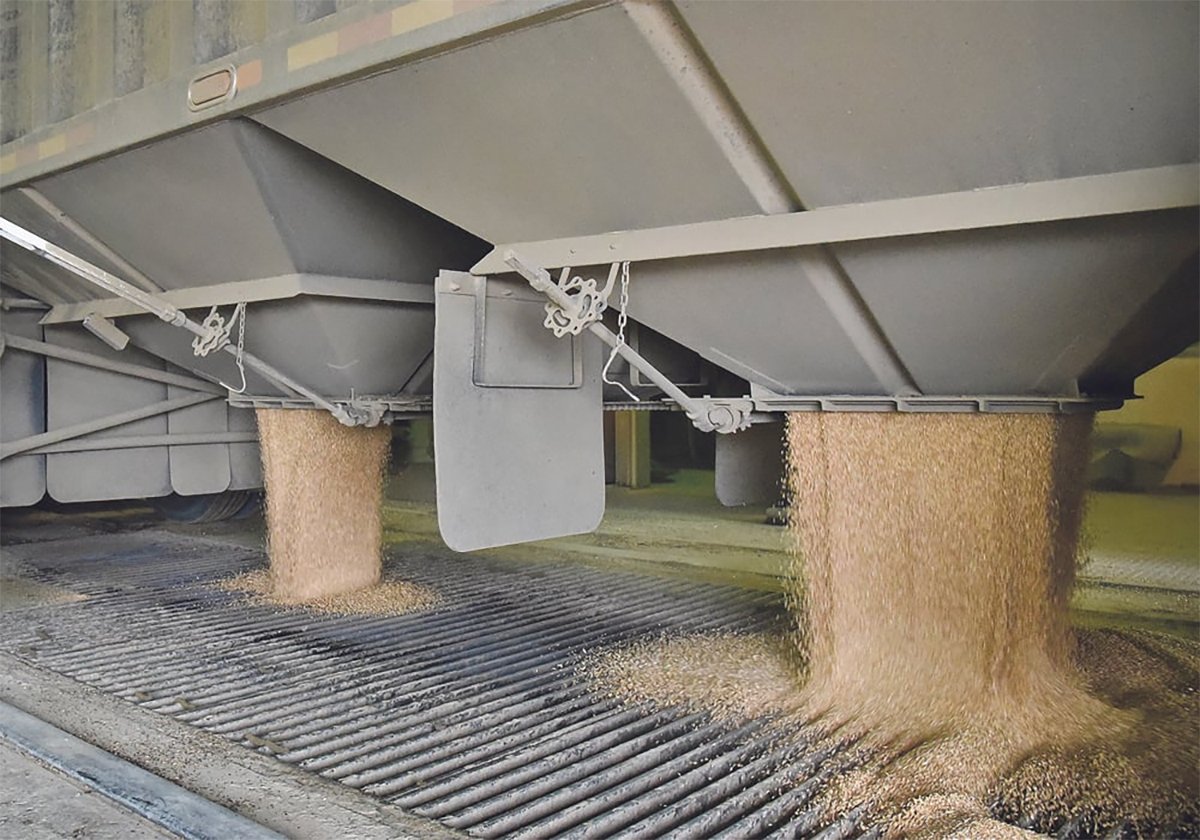The last few months have seen a monumental collapse in calf prices. The Western Livestock Price Insurance Program has been showing its worth making payouts for the last six weeks. It’s too bad participation in the program is low.
Not since the BSE crisis a dozen years ago has the price of cattle declined so rapidly. The difference is that this time prices were riding at record highs before the nosedive. While calf prices have now dropped below the levels of a year ago, profits are still being generated and optimism still abounds.
Read Also

Worrisome drop in grain prices
Prices had been softening for most of the previous month, but heading into the Labour Day long weekend, the price drops were startling.
A price decline of this magnitude is surprising considering it hasn’t been caused by a major disease outbreak or any other catastrophic event. It is simply the result of market conditions forcing a significant price correction, the size of which few if any analysts anticipated.
Calf prices on this side of the border have actually held up better than in the U.S. even when you take the low value of the Canadian dollar into account.
It’s estimated that 14.9 per cent of Saskatchewan calves were signed up for price insurance this spring. Despite the ability to lock in record high prices for the fall calf run at a relatively low premium cost, most producers were not interested.
Even though the program has been running longer in Alberta, Saskatchewan actually had a higher percentage of calves insured than the other three western provinces.
In the final days of the sign-up period near the end of May, cow-calf producers could lock in a top coverage of $2.86 per lb. based on a 600 lb. animal. That level of price insurance had a price tag of around 3.9 cents a lb. or about $23.50 per head.
In recent weeks, payments on insured calves have been as high as 27 cents per lb. or $162 per calf. In total, about $3.3 million has been paid under the calf program in Saskatchewan.
Lower levels of price protection had lower premiums, but lower payments are also being generated.
It’s a common misconception among non-participating producers that the program would force them to sell their calves when they might not want to. That’s not the case.
The insurance is purchased for a specific time frame. Producers have a three-week period in the fall to trigger the insurance. If they don’t act, pricing is based on the fourth week of the time period.
When the calves are actually sold doesn’t matter. A producer might retain ownership and background some or all of the calves.
Smart and/or lucky producers forward sold their calves back in August before the price collapse. They received a record high price and still qualify for a payment if they purchased insurance.
Of course, marketing and insurance strategies are easy to construct with the benefit of hindsight. When prices are going higher each week, it can be hard to convince yourself that price insurance is a good investment. There are actually fewer Saskatchewan calves insured this year than in 2014.
Unfortunately, the program may not be nearly as attractive when next spring rolls around. First of all, market prices and futures prices are likely to be lower and that will mean lower price insurance options. On top of that, this year’s price volatility will be factored into premiums. It’s likely producers will have to pay more to lock in a lower fall price.















